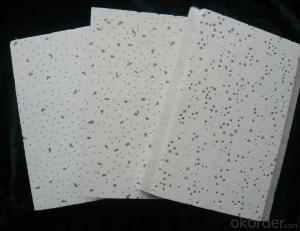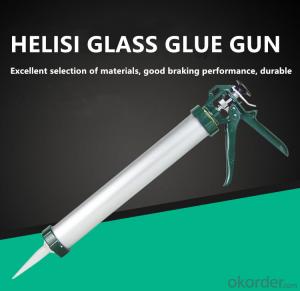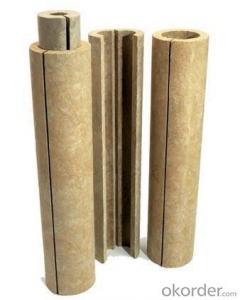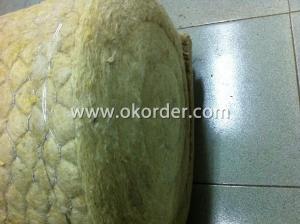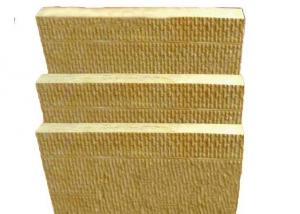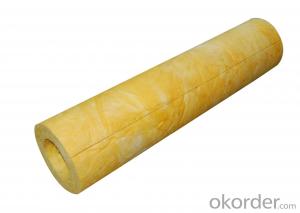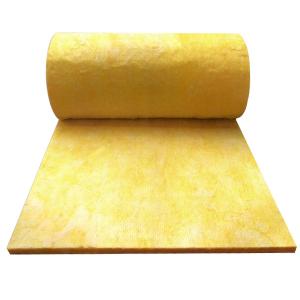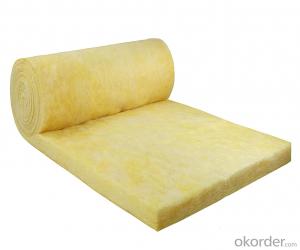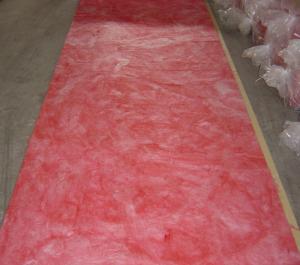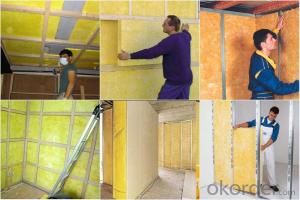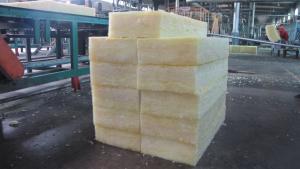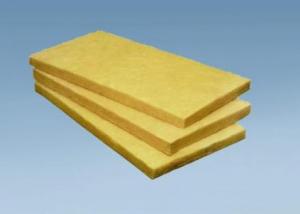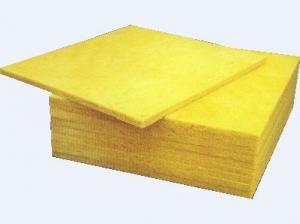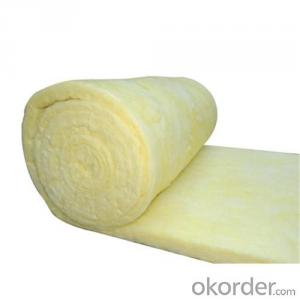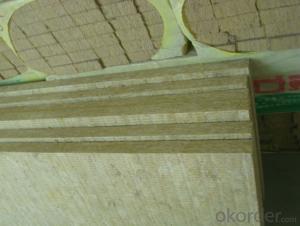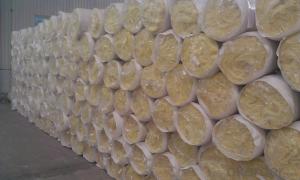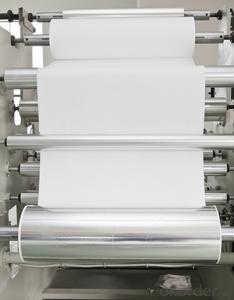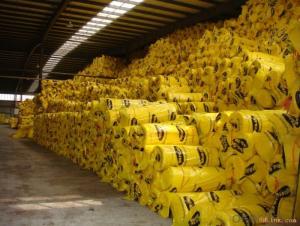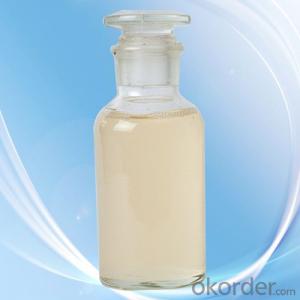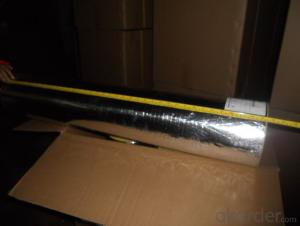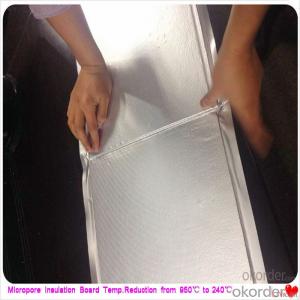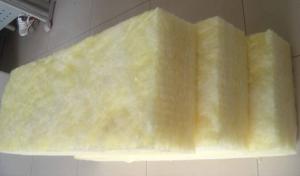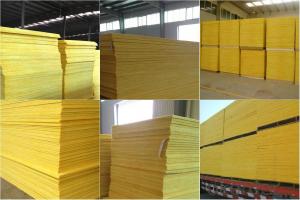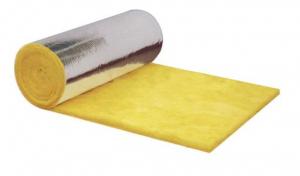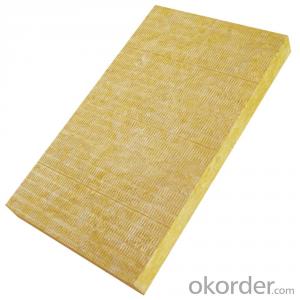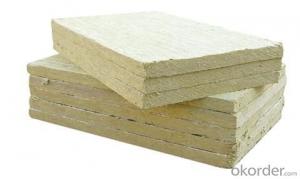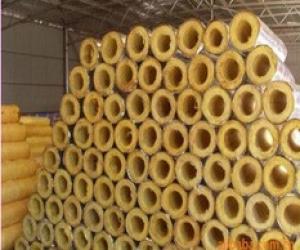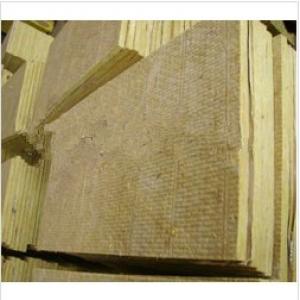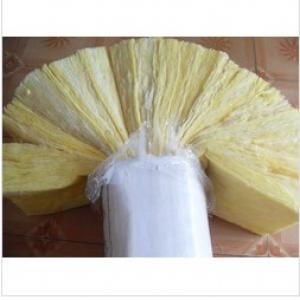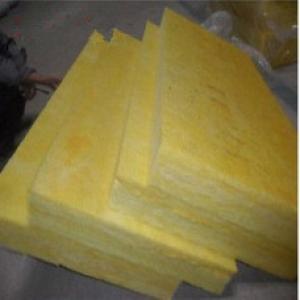Glass Wool Temperature Range
Glass Wool Temperature Range Related Searches
Best Glue For Aluminum Foil Led For Cannabis Growing Glass For Pendant Lights Grow Lights For Cannabis Controlled Environment For Finance Underpinning For Trailers Glue To Stainless Steel Gun Stainless Steel Stainless Steel Weatherproof Copper Foil Tape Stained GlassHot Searches
Tilt Panel Props For Sale Fiberglass Scaffolding For Sale Fiberglass Panels For Sale Fiberglass Greenhouses For Sale Geogrid Fabric For Sale Glass Wool Manufacturers In India Mineral Wool Insulation Price List Glass Wool Price List Glass Wool Price India Solar Panel Inverter Suppliers Q Cells Solar Panel Prices Tesla Solar Panel Inverter Geogrid Fabric Price Ceiling Fan Lowest Price Eps Panel Cost Geogrid Fabric Home Depot Geotextile Fabric Cost Per Square Foot Geotextile Filter Fabric Prices Geotextile Filter Fabric Specification Cheap High Tea Sets For SaleGlass Wool Temperature Range Supplier & Manufacturer from China
Okorder.com is a professional Glass Wool Temperature Range supplier & manufacturer, offers integrated one-stop services including real-time quoting and online cargo tracking. We are funded by CNBM Group, a Fortune 500 enterprise and the largest Glass Wool Temperature Range firm in China.Hot Products
FAQ
- What's the difference between glass fiber and mineral wool?
- Referred to as mineral wool. With non flammable, no mildew, no borers and other properties. Made into felt, blankets, mats, ropes, plates and so on. Used as sound absorption, shock absorption and heat insulation material.
- Fire retardant plywood does not belong to non-metallic refractory building materials
- Materials are inorganic active insulation materials, foam, mineral wool products, foam glass, expanded perlite insulation, powder particles insulation slurry EPS, spraying mineral cotton, foam cement insulation products, vacuum insulation panel etc..
- What are the properties of fire-resistant coatings for steel structures?
- Thick steel structure fire retardant coating refers to the steel structure fireproof coating with coating thickness greater than 7 mm, less than or equal to 50 mm, granular surface, little density, low thermal conductivity, and refractory limit of 2 h or more. Because of the thick fire retardant coating composition for inorganic materials, so the fire performance is stable, long-term effect is good, but the coating components of larger particles, the coating appearance is not smooth, affect the overall appearance of the building, so most structure for concealed works. In the fire, the material has a granular surface, a smaller density, a low thermal conductivity, or a heat absorbing property in the coating, delaying the temperature rise of the steel and protecting the steel. This kind of fire retardant coating is suitable for inorganic binder (such as water glass, silica sol, aluminum phosphate salt, refractory cement, etc.) together with inorganic light insulation aggregate materials (such as perlite, vermiculite, bouldering, sea and fly ash cenosphere), fire retardant additives, chemicals and materials (enhanced such as rock wool, aluminum silicate fiber, ceramic fiber, glass fiber and filler) mixed together, has the advantages of low cost. Spraying is often used in construction. It is suitable for indoor and outdoor concealed steel structure, high-rise steel structure and multi story steel structure with requirements of fire resistance above 2 h. Such as: high-rise building columns, general industrial and civil buildings in support of multi-storey columns of fire resistance should reach 3 h, the need to use this thick fire-retardant coating protection.
- What are the advantages of inorganic fiber spraying in construction engineering?
- Inorganic fiber spraying can be used for fireproof material, inorganic fiber spraying is widely used in the field of building insulation in 2003 China promulgated the "building materials industry standards of mineral wool insulation coating JC/T909-2003" specification of the inorganic fiber spraying construction and application of insulating layer. In recent years, building insulation layer caused by frequent fires, especially in the CCTV new site north side building fire is most well known, these frequent fires cause the domestic construction industry pay more attention to fire insulation materials, inorganic fiber spraying insulation material fire a advantage is to get attention.
- What material is fast heated and kept warm?
- Heat the heating tube and the aluminum tube with the heat preservation material.There are many kinds of insulation products, including foam plastics, mineral cotton products, foam glass, expanded perlite thermal insulation products, rubber powder, EPS granule insulation paste, mineral spraying cotton and foamed cement insulation products.
- What is mineral fiber cotton? Yes, it's insulation.
- Mineral fiber cotton is a kind of cotton fiber which is made from various mineral raw materials by melting and fiber forming and by surface treatment with different organic and inorganic reagents.
- The difference between rock wool and mineral wool
- Cotton like short staple fibers made from silicate melts, including slag cotton, rock wool, glass wool and ceramic fibers, generally only refer to the first two.
- How about the appearance of glass wool, mineral wool and asbestos?
- Glass wool belongs to a kind of glass fiber, it is a kind of man-made inorganic fiber. Quartz, sand, limestone, dolomite and other natural ore as the main raw materials, with a number of soda ash, borax and other chemical raw materials into glass. In the melting state, by means of external force, the system is thrown into flocculent fibers, and the fibers and fibers are made of solid intersection. They are intertwined with each other and show a lot of small gaps. This gap can be considered as a pore. Therefore, the glass wool can be regarded as a porous material and has good thermal insulation and sound absorption performance.
